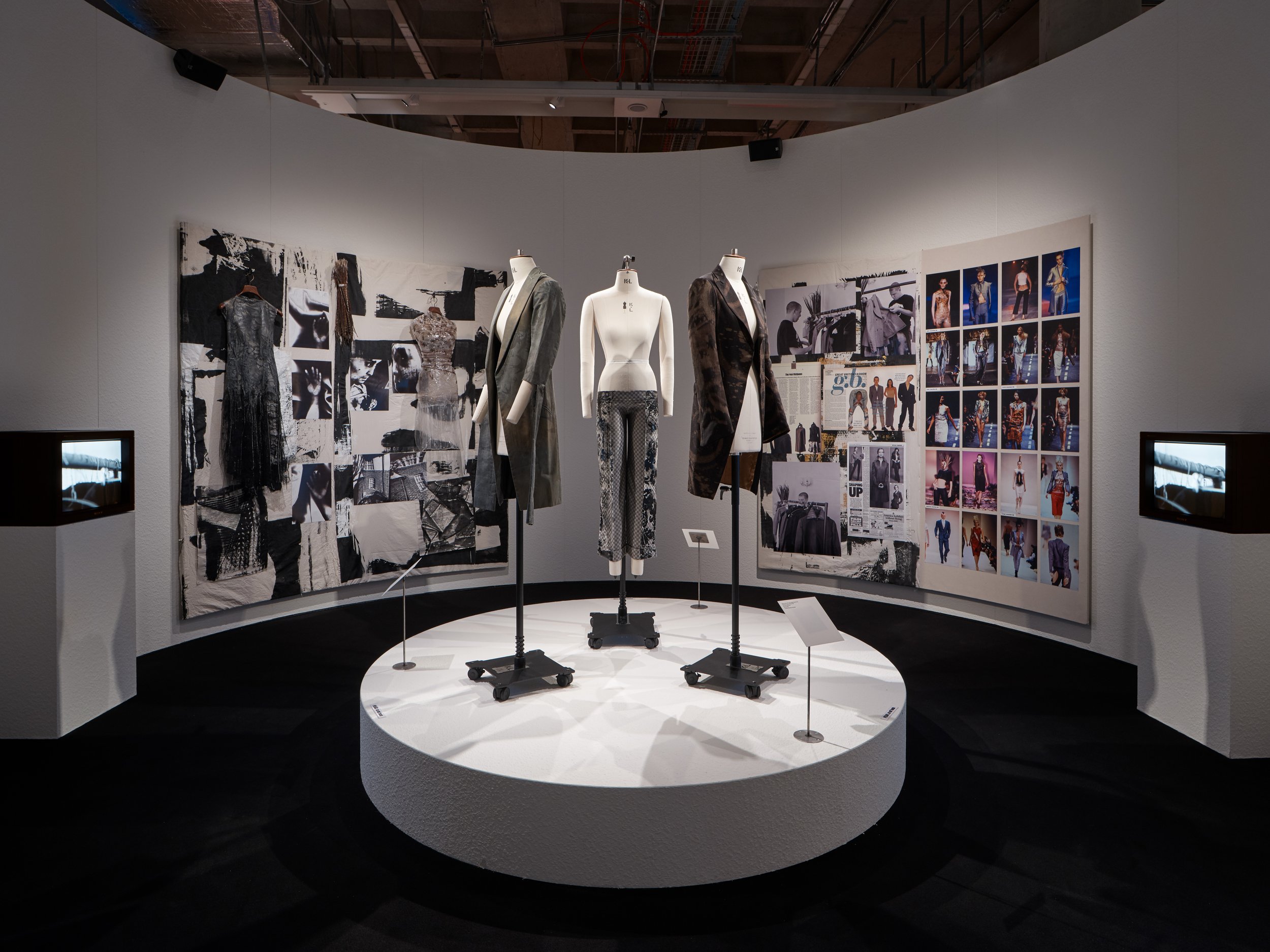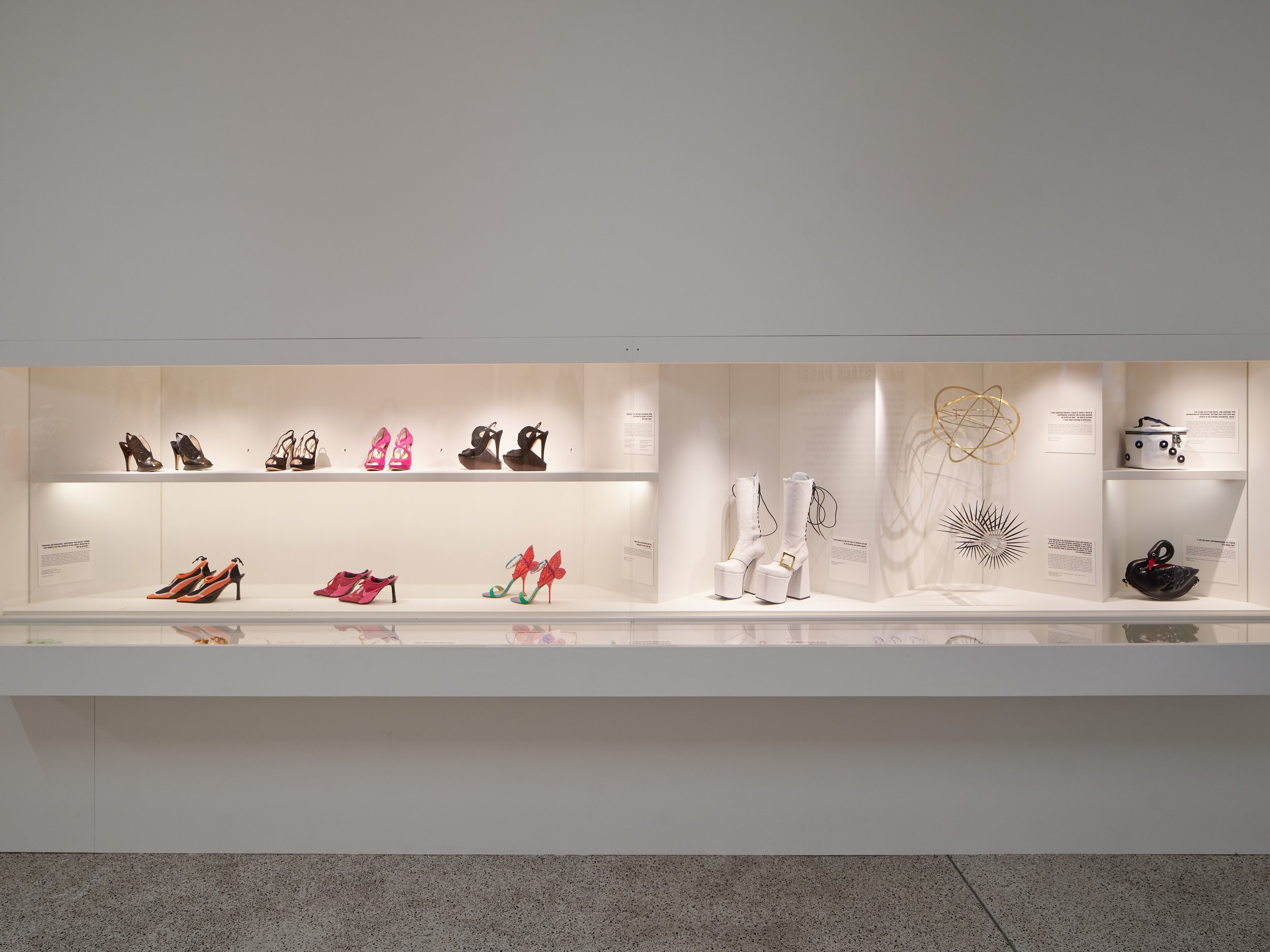Rebel: 30 years of Fashion
Design Museum
★★★★★ The Telegraph
a scintillating celebration of the people who make London so chic’
★★★★ Evening Standard
‘an explosion of freedom and creativity that is as infectious as it is inspiring’
★★★★ Time Out
‘a celebration of the creativity this city has nurtured on runways, streets and at parties’
‘Rebel: 30 Years of London Fashion’ at the Design Museum explores the innovation of London-based designers who have transformed the fashion landscape with their exuberant and radical garments. Featuring nearly 100 fashion looks and including designs from Simone Rocha, JW Anderson, Wales Bonner, Molly Goddard, Christopher Kane, Erdem and Russell Sage, this exhibition is a landmark collaboration between the museum and the British Fashion Council (BFC), marking BFC's 30th anniversary of its NEWGEN emerging talent project.
To reflect the exhibition's dynamic themes and objects, the lighting design included a range of techniques and bespoke elements, creating distinct effects for each area.
Making use of theatrical lighting and control technology, our runway lightshow was designed to captivate and immerse visitors in the world of fashion. By using 12 colour-tunable Fresnel lights, we recreate the power, contrast, and lighting quality that embodies the atmosphere of a fashion runway, ensuring that visitors feel like they are stepping into the midst of a live show. Additionally, 16 suspended individually controllable diffused LED panels form a dynamic ceiling that not only adds visual interest but also extends the fashion world from the AV video into the physical space of the museum. As a result, mannequins come to life, and visitors are enveloped in a mesmerizing experience that seamlessly connects the fashion presentation within the AV display to the real world of the gallery.
To create the Art School room, integrated ceiling light panels were installed with cool light used to highlight the mannequins and showcases. Subtle blue light was added to the perimeter of the space, emphasizing the floating walls.
In the Club Queue area, big shadows were projected to invoke the presence of paparazzi outside a notorious London nightclub, with hidden lighting elements designed to illuminate the room.
The accessories in the display cases in the Backstage area were highlighted with concealed magnetic track and LED striplighting. Narrow beam spotlights were focused on specific areas of the garments, emphasizing their material and form.












